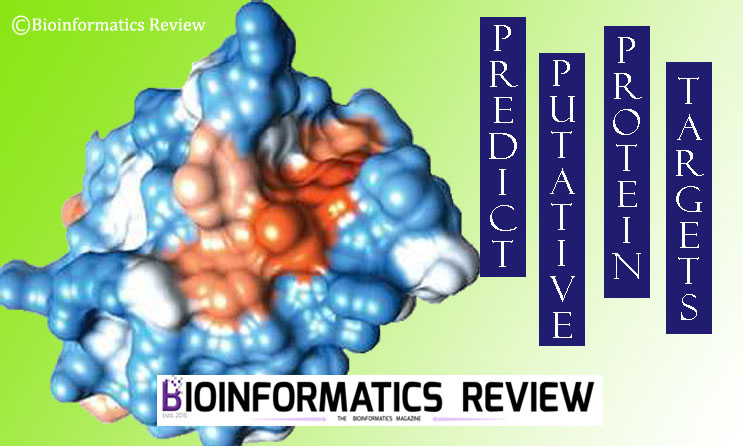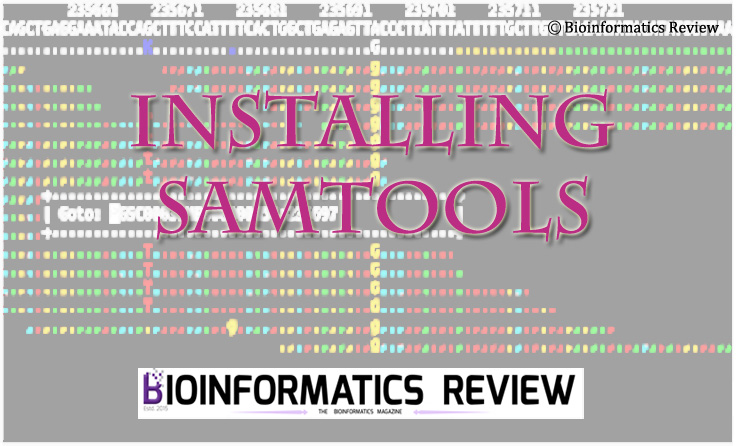SWISS-MODEL [1] is a bioinformatics tool that is widely used for protein structure prediction. In this article, we are going to discuss its uses and applications.
SWISS-MODEL predicts protein three-dimensional structure using homology modeling. Some of its basic and advanced uses are described below:
- The most common application of SWISS-MODEL is structure prediction.
- It can also be used for the visualization of target-template alignment.
- Multiple sequences can be submitted for structure prediction by uploading a single file consisting of protein sequences in FASTA format.
- Target sequences must be unique. It will not accept any file that contains duplicate sequences.
- Users can also provide a template for the structure prediction of a target sequence.
- SWISS-MODEL also offers to provide full control over the projects submitted in its workspace. This is called the ‘DeepView Project’. Using this, users can change the modeling parameters.
- Users are also allowed to select a template for structure prediction.
- The best predicted structure is selected on the basis of GMQE and QMEAN scores.
- SWISS-MODEL has a repository [2] that consists of modeled structures.
References
- Waterhouse, A., Bertoni, M., Bienert, S., Studer, G., Tauriello, G., Gumienny, R., … & Schwede, T. (2018). SWISS-MODEL: homology modelling of protein structures and complexes. Nucleic acids research, 46(W1), W296-W303.
- Bienert, S., Waterhouse, A., de Beer, T. A., Tauriello, G., Studer, G., Bordoli, L., & Schwede, T. (2017). The SWISS-MODEL Repository—new features and functionality. Nucleic acids research, 45(D1), D313-D319.





